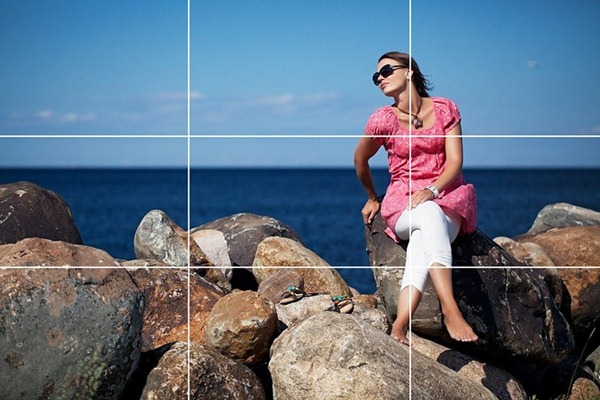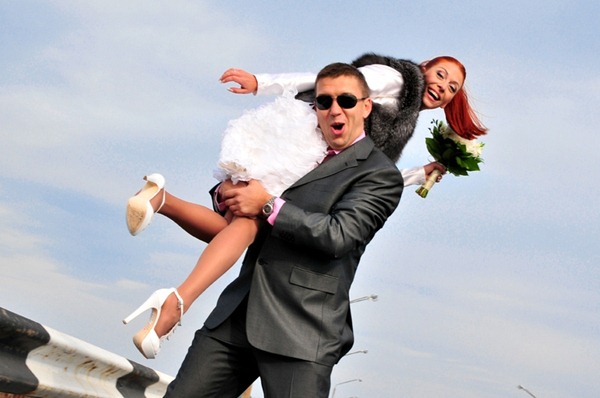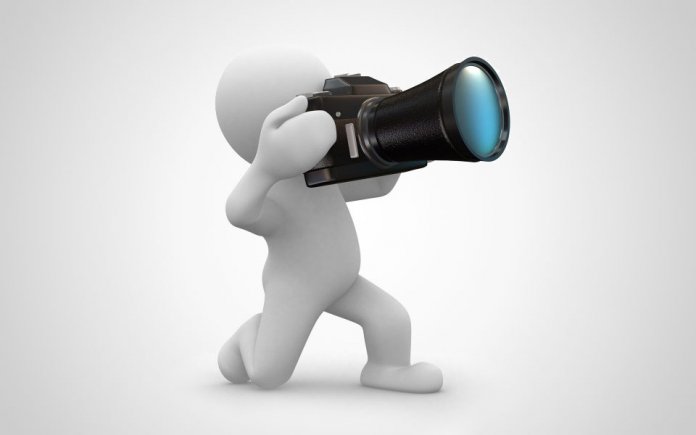Anyone can learn to take beautiful and expressive photos. You just need to be patient and not lose your enthusiasm along the way. After all, starting the training, beginners make mistakes that can discourage their desire to continue their introduction to the art of photography.
Today we offer Top 10 mistakes aspiring photographers... Knowing which "pitfalls" are most common, you can avoid annoying misunderstandings.
10. Instructions for the technique have not been studied
 Of course, reading a camera manual is not the most fun. But often ignorance of the capabilities of one's own technique leads to mistakes. Even DSLR Cameras for Beginners may not be so easy to learn if you do not read the instructions in advance.
Of course, reading a camera manual is not the most fun. But often ignorance of the capabilities of one's own technique leads to mistakes. Even DSLR Cameras for Beginners may not be so easy to learn if you do not read the instructions in advance.
9. Inappropriate use of flash
 |
 |
As a rule, beginners shoot with the built-in flash. And using it "head-on" highlights the foreground, creating heavy black shadows in the background. In addition, such a flash makes pictures flat.
8. Ignoring the rule of thirds
 Very often, beginner photographers when shooting landscapes place the horizon line exactly in the middle of the frame, losing the sense of space. By raising or lowering the shooting point, you can achieve much more interesting nature photos. One has only to remember that you should not completely take the horizon line beyond the frame boundaries.
Very often, beginner photographers when shooting landscapes place the horizon line exactly in the middle of the frame, losing the sense of space. By raising or lowering the shooting point, you can achieve much more interesting nature photos. One has only to remember that you should not completely take the horizon line beyond the frame boundaries.
7. Unsuccessful angle
 The most common mistake is shooting tall buildings and people from below. This creates the illusion of a falling skyscraper or a distortion of the proportions of the human body. Professionals sometimes use this technique on purpose, but it takes skill to get a good shot.
The most common mistake is shooting tall buildings and people from below. This creates the illusion of a falling skyscraper or a distortion of the proportions of the human body. Professionals sometimes use this technique on purpose, but it takes skill to get a good shot.
6. Bad frame boundaries
 Of course, you can crop pictures in a graphics editor, displacing the main subject of shooting or cutting out someone's hands that are in the photo. But cropping degrades the quality of the photo. This means that already during the shooting it is necessary to think over the composition. The simplest rule is to avoid placing the main element of the picture in the center of the frame, as such photos look static and boring.
Of course, you can crop pictures in a graphics editor, displacing the main subject of shooting or cutting out someone's hands that are in the photo. But cropping degrades the quality of the photo. This means that already during the shooting it is necessary to think over the composition. The simplest rule is to avoid placing the main element of the picture in the center of the frame, as such photos look static and boring.
5. Cropped subject
 This error most often occurs when shooting portraits. Cropped elbows, feet, tops of the head, and clothing make the photo look scanty. Therefore, trying to shoot your model as close as possible, you should still make sure that everything you need fits into the frame.
This error most often occurs when shooting portraits. Cropped elbows, feet, tops of the head, and clothing make the photo look scanty. Therefore, trying to shoot your model as close as possible, you should still make sure that everything you need fits into the frame.
4. Insufficient image sharpness
 This defect most often occurs when shooting in low light conditions when a slow shutter speed is required. It is worth remembering that the camera will perceive even the most imperceptible tremor in the photographer's hands, which means that in such a situation, a tripod is needed.
This defect most often occurs when shooting in low light conditions when a slow shutter speed is required. It is worth remembering that the camera will perceive even the most imperceptible tremor in the photographer's hands, which means that in such a situation, a tripod is needed.
3. Incorrectly determined exposure
 Exposure is the amount of light that hits the sensor per unit of time. When shooting, exposure compensation is necessary, as the camera does not always automatically select the correct settings. The main rule: when shooting light general shots, increase the exposure, when shooting general shots in a dark tone - decrease.
Exposure is the amount of light that hits the sensor per unit of time. When shooting, exposure compensation is necessary, as the camera does not always automatically select the correct settings. The main rule: when shooting light general shots, increase the exposure, when shooting general shots in a dark tone - decrease.
2. Wrong ISO selection
 When shooting, choose the lowest sensitivity suitable for the shooting conditions. An overestimated value will result in a grainier frame, while an underestimated value will not allow you to take decent pictures in low light.
When shooting, choose the lowest sensitivity suitable for the shooting conditions. An overestimated value will result in a grainier frame, while an underestimated value will not allow you to take decent pictures in low light.
1. Abuse of graphic editors
 Of course, modern photographs are unthinkable without processing. Shooting in RAW format allows you to correct contrast and color corrections. But it's important not to overdo it. Often, novice photographers are fond of oversaturation, excessive contrast, or skin without the slightest flaw in portrait shots. An important rule is to keep your photos natural.
Of course, modern photographs are unthinkable without processing. Shooting in RAW format allows you to correct contrast and color corrections. But it's important not to overdo it. Often, novice photographers are fond of oversaturation, excessive contrast, or skin without the slightest flaw in portrait shots. An important rule is to keep your photos natural.

